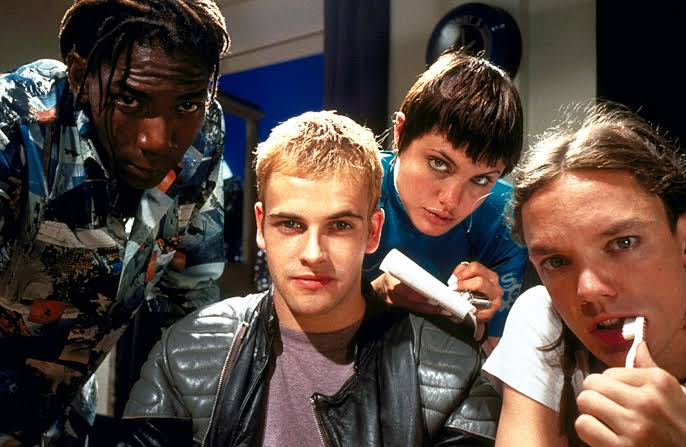Released in 1995, “Hackers” quickly gained a devoted fanbase and became a cult classic in the world of cinema. The movie portrays the adventures of a group of young hackers who stumble upon a cybercrime conspiracy and take on the challenge to save the day. Although “Hackers” is a visually captivating and entertaining film, it’s essential to remember that it is a work of fiction that takes considerable liberties with the portrayal of hacking and cybersecurity. In this article, we will explore some of the movie’s most notable inaccuracies and highlight the distinctions between Hollywood’s depiction of hacking and the reality behind it.
1. Hollywood Hacking: A Visually Extravagant Spectacle
One of the most striking aspects of “Hackers” is the visually extravagant portrayal of hacking. The movie depicts hackers navigating through a three-dimensional, futuristic cyberspace, filled with neon lights and flashy graphics. In reality, hacking involves writing code, using command-line interfaces, and employing specialized software tools. The days of glamorous graphical interfaces for hacking are far from accurate, as cybersecurity professionals mostly work with text-based interfaces and coding languages.
2. The Need for Speed: Hacking in Overdrive
In “Hackers,” hacking is depicted as a rapid and effortless process. Characters type furiously on their keyboards, and within seconds, they gain unauthorized access to heavily protected systems. However, successful hacks in the real world require meticulous planning, research, and, above all, time. Hacking is an iterative process that involves testing vulnerabilities, identifying weaknesses, and attempting various strategies before achieving the desired outcome.
3. Cybersecurity Measures: Simplified for Dramatic Effect
The movie portrays cybersecurity measures as weak and easily overcome. In contrast, real-world organizations invest significant resources in building robust security protocols to protect their data and systems. Advanced firewalls, encryption methods, multi-factor authentication, and intrusion detection systems are just some of the security layers used to safeguard sensitive information.
4. Social Engineering: Hacking Beyond the Screen
While “Hackers” does touch on social engineering, the portrayal is often overly glamorous and exaggerated. Social engineering involves manipulating individuals to divulge confidential information or perform actions that compromise security. However, it is usually a subtle and psychological process, rather than the dramatic confrontations shown in the movie.
5. The World of Fictional Hacking Techniques
In the movie, hacking techniques like “zero cool” and “acid burn” are introduced as super-powered abilities. Unfortunately, in reality, these terms are mere creative inventions and do not have any basis in actual hacking practices. Real-world hacking techniques involve exploiting software vulnerabilities, conducting phishing attacks, or using malware to gain unauthorized access.
6. Hardware Hacking: Not as Easy as it Seems
“Hackers” features scenes where characters physically manipulate hardware devices, turning them into extraordinary tools. In reality, hardware hacking requires extensive knowledge of electronics and access to the specific hardware components, making it much more complex and challenging than the movie suggests.
“Hackers” is undoubtedly a captivating film that has left a lasting impact on popular culture’s perception of hacking. However, it’s important to remember that the movie prioritizes entertainment over accuracy. Real-world hacking is a sophisticated and methodical process that demands expertise, patience, and adherence to ethical principles.
If you’re interested in understanding the realities of cybersecurity and hacking, it’s best to turn to reputable sources, documentaries, or even cybersecurity professionals themselves. While “Hackers” continues to be celebrated for its style and charm, it should be appreciated as a work of fiction and not a reliable depiction of the world of hacking and cybersecurity.
